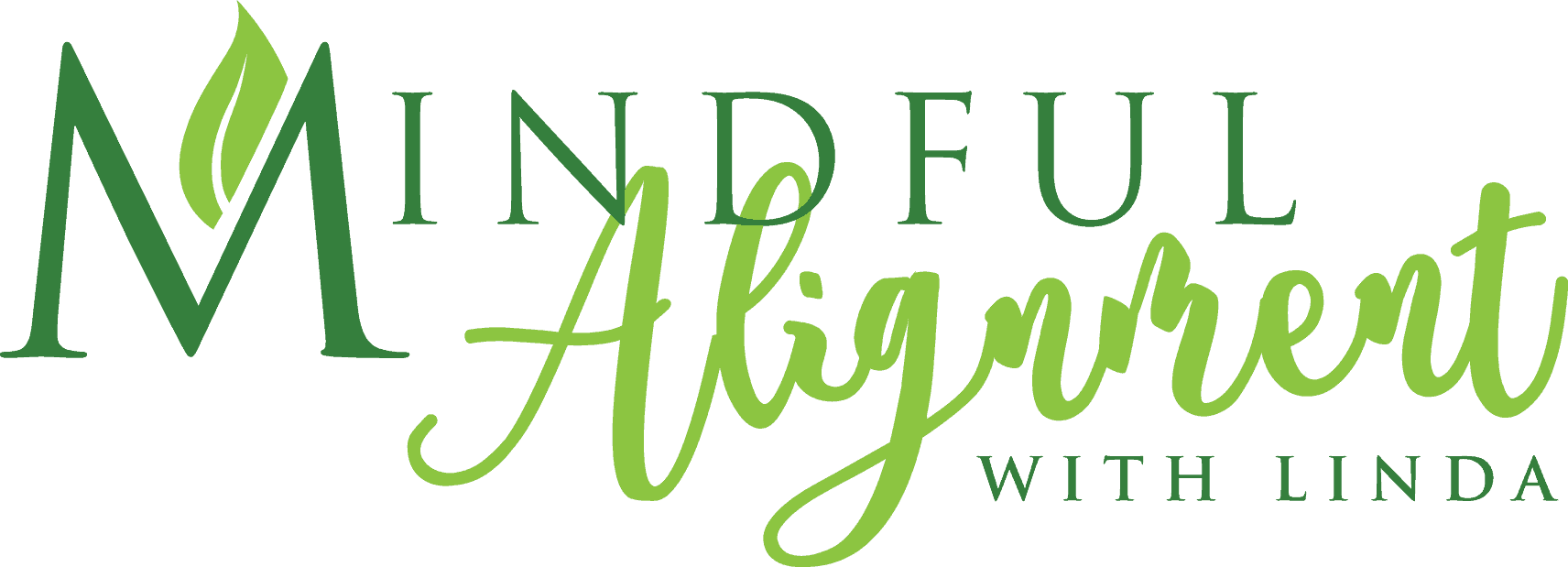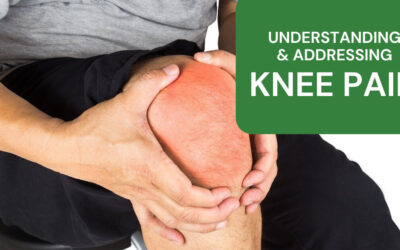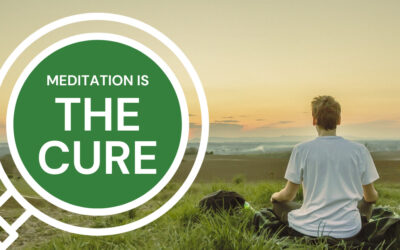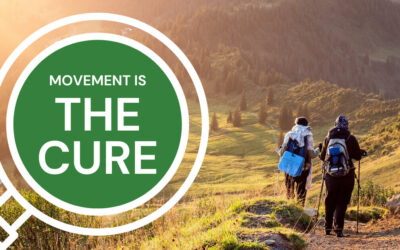Sciatica: Understanding and Managing Symptoms
The sciatic nerve and the type of pain it can cause
As many as 40% of adults will experience sciatica pain sometime in their life. Pain in the mid-buttock area is commonly referred to as sciatica. The sciatic nerve travels from the spine into the buttocks and down the leg into the foot and is one of the most common types of back pain.
Sciatica symptoms are hard to ignore and include tingling, numbness, or pain in the mid-buttock area, into the leg, even extending to the foot. The pain can be relatively mild or throbbing pain, making walking and sitting very unpleasant. Most people have pain only on one side of the body.
Movement is the best treatment
However, if feasible, resting for a day or two when the pain starts may be helpful. CAUTION: After that, bed rest or sitting in a chair for long periods will not be beneficial and might worsen your condition.
MORE POSSIBLE RELIEF:
Heat and cold packs can be applied to the buttock area to ease some of the pain and might also increase function.
- Cold reduces inflammation and can be applied for the first day or two.
- Follow that with a heat pack, which increases blood flow to the area.
Both treatments may be helpful separately or in tandem. (Caution: Both cold and heat packs should be wrapped in a towel, so they don’t touch the skin. Each pack should only be applied for 15-20 minutes on and then 20 minutes off.)
Spinal stenosis is a possible cause of sciatica
When the spine compresses, the nerve may become pinched, causing sciatica pain. It is essential to strengthen the muscles that support your spine to prevent spinal compression. However, it’s more than just the back muscles. It would be best to strengthen the muscles along the sides of the body, buttocks, and pelvis as well. All these muscles work together to support the spine. Include Pilates and yoga in your wellness routine, as well, to help strengthen the muscles needed for a healthy spine.
Ways to help deal with and reduce sciatic pain
- Gentle stretches may improve the spine’s flexibility and help maintain the range of motion needed for walking and balancing. Also, yoga and tai chi help increase both flexibility and strength.
- Aerobic exercise such as walking or running is an excellent activity as long as your pain does not increase. Typically, most types of movement increase blood flow, which speeds healing.
- Sitting less will help reduce the pain and will likely help keep the condition from reoccurring. Minimize the amount of time you are sitting to avoid putting pressure on the discs in the spine and the ligaments in the lower back, which act to increase pain.
- Optimal alignment of the body also helps prevent sciatica problems. A balanced body keeps the muscles, ligaments, tendons, and bones aligned the way nature intended for optimal functioning.
Another cause of pain in the mid-buttock area can be a tight ‘psoas” or ‘piriformis’ muscle. The “SI” joint is where the spine and the hip connect. The “psoas” and ‘piriformis’ muscle cross on top of the SI joint. If one or both of these muscles becomes tight, the “SI” joint may become misaligned and/or the sciatic nerve can become inflamed. For more information on the “psoas” muscle, read my article: Recognizing and Correcting Bad Habits.
If your pain persists beyond 4-6 weeks, gets worse, or interferes with your movement, and/or your lifestyle, consult your medical doctor for more advice.
Bottom Line: Addressing muscle tightness and imbalances in the body will help you to prevent any future problems. Overall, sitting less and moving more will help keep your entire body healthy, thus contributing to a better lifestyle.
Are you tired of living with pain?
Are your activities and daily choices determined by your level of pain?
Are you ready to change your life for the better and gain back your physical freedom?
My unique and custom designed approach comes from years of training, education and experience. Together, we will get you back to living pain free and enjoying life.
Sign up for a private session today
It’s never too late to try something new.

Related Articles:
Understanding and Addressing Knee Pain
Knee Pain is a Common Ailment Knee pain is a common ailment that can significantly impact daily life, hindering mobility and causing discomfort. Understanding the causes and managing knee pain is essential for maintaining overall well-being, whether it's due to...
Meditation is the CURE
Meditation has gained recognition for having a profound effect on the mind and body, leading to improved overall health and longevity.
Movement is the CURE
Including movement into your day can be the cure to many health issues that plague us later in life. Movement has incredible benefits to overall health and helps promote longevity.



